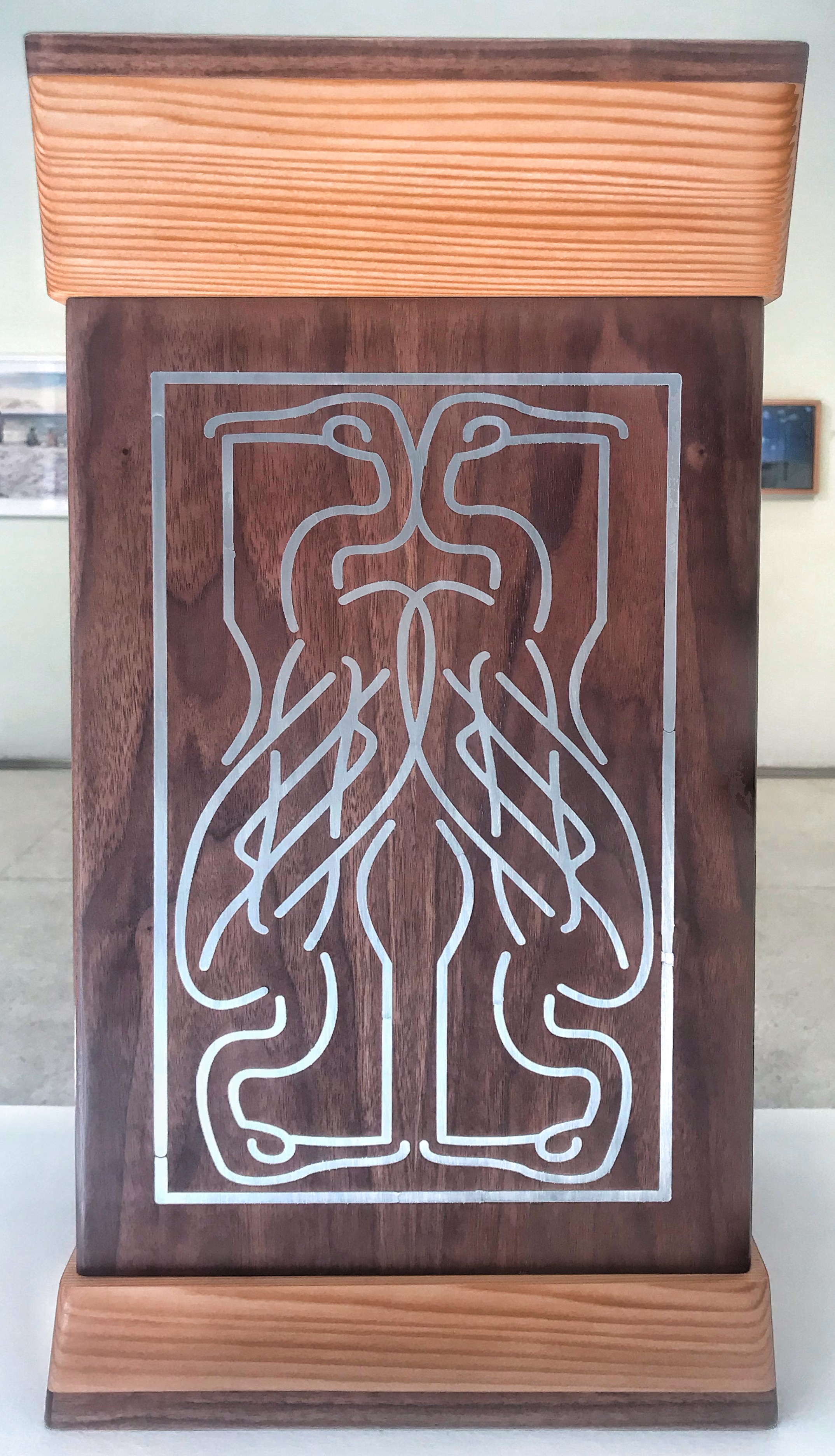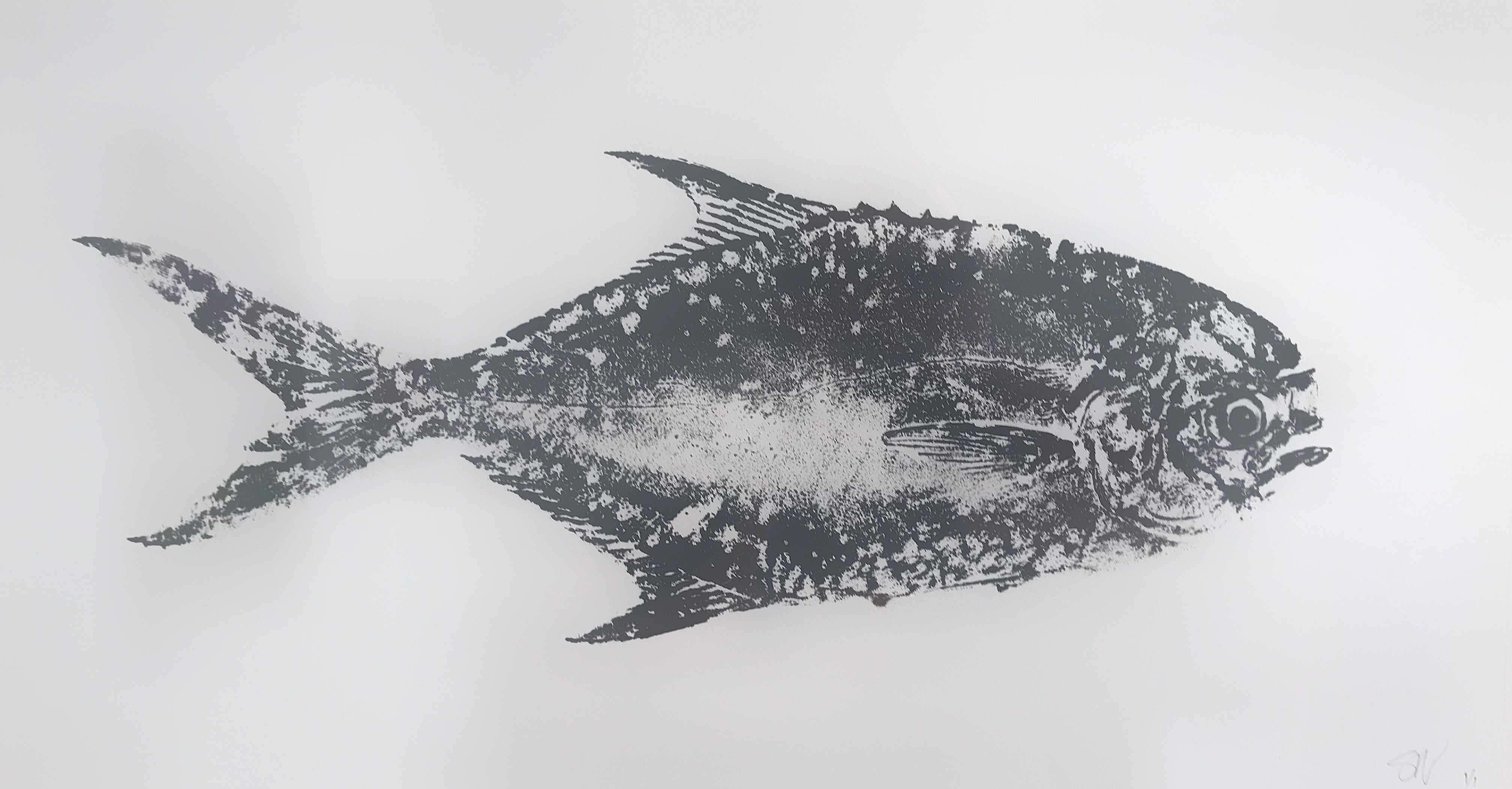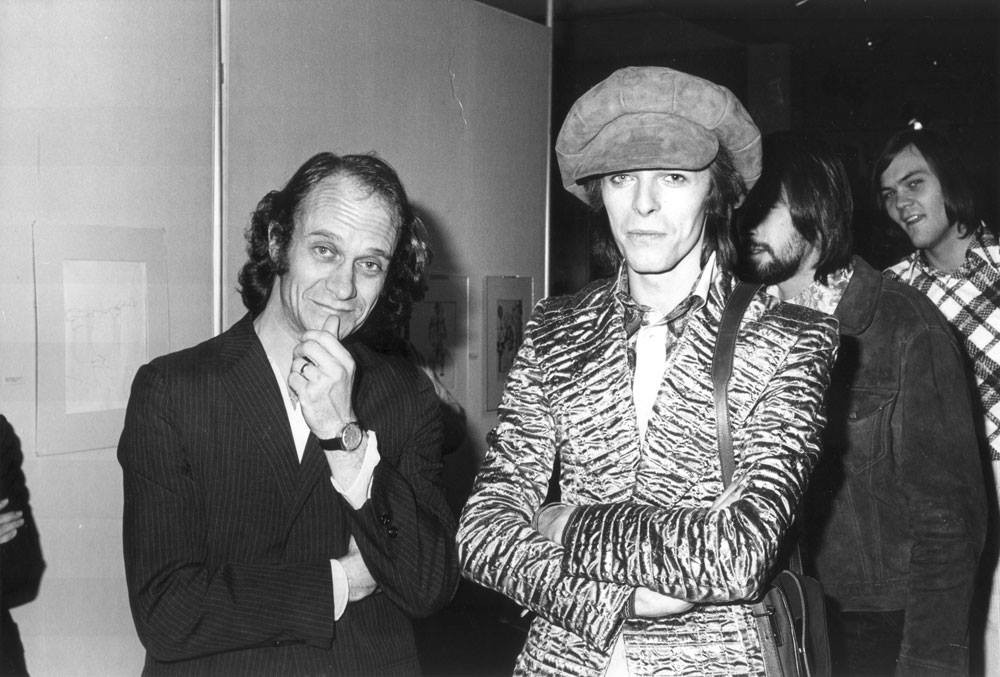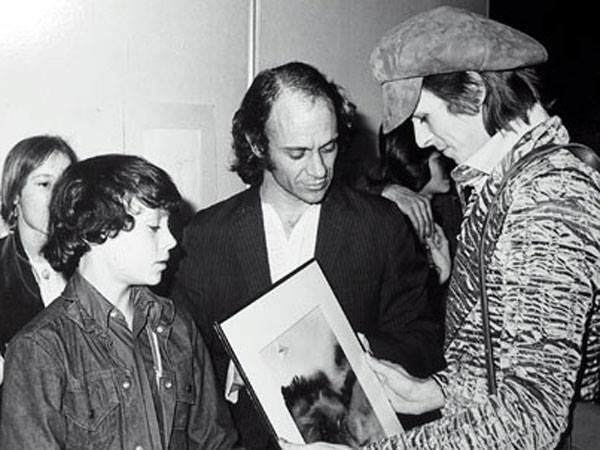Correct me if I’m wrong — and I’m sure someone will — but I think WandaVision holds the Marvel record for most elapsed screen time until someone gets punched. In the course of 23 films and eight TV series, the problems of superheroes and their discontents are always ultimately solved by scrapping. (I haven’t seen everything, but I’m guessing there’s a lot of punching in Iron Fist.) That’s to be expected from stories about characters who, as Vision (Paul Bettany) points out, dress like Mexican wrestlers. But for years, the “blam!” and “pow!” that are allegedly the genre’s biggest selling point have been the least interesting part of Marvel movies. How many action sequences do you remember from The Avengers? But you remember when the triumphant heroes went for shawarma.
WandaVision, the Disney+ miniseries that reaches its climax on Friday, March 5th, is the most creative thing to happen to superheroes since Into the Spider-Verse. Its real genius is leaving out the punchy parts that I’ve been tuning out since Vision was born in 2015’s Avengers: Age of Ultron.

Elizabeth Olsen (left) and Paul Bettany use TV Land tropes to unpack trauma in WandaVision
The love story of magically powered former Hydra operative Wanda Maximoff (Elizabeth Olsen) and Vision, the $3 billion vibranium synthoid of Tony Stark’s AI butler J.A.R.V.I.S. and rogue superbot Ultron, was mostly there to provide some pathos when Vision sacrificed himself to save half the universe. But despite the fact that Vision died (twice, thanks to the magic of time travel), when WandaVision kicks off, he and Wanda are living in a quaint house in a quiet New Jersey suburb. Their living room looks just like The Dick Van Dyke Show, right down to the black and white. The superpower couple tries to keep up appearances as normal, 1950s-style humans, even as their words are interrupted by a laugh track of mysterious origin.
The “real people trapped in a TV show” setup is nothing new — remember Raul Julia’s breakthrough performance in 1984’s Overdrawn at the Memory Bank? (No? Just me?) WandaVision‘s first three episodes see our heroic domestics trying to figure out what, exactly, is going on as they cycle through a survey of sitcom history, from I Love Lucy to The Honeymooners to the thematically appropriate I Dream of Jeannie. Then, as the world fills with color and the clothes become a lot less buttoned down, Wanda is pregnant with twins and their house looks like The Brady Bunch. As the twins grow up supernaturally quickly, we transition to the 1980s. In the show’s most delicious meta moment, episode 5 takes on Full House, the show that made Elizabeth Olsen’s sisters, Mary Kate and Ashley, into child stars.
Meanwhile, there’s a parallel story developing in a more recognizable version of the Marvel Cinematic Universe. Monica Rambeau (Teyonah Parris) is one of billions of people who return from Thanos-induced oblivion to find a world transformed. She reports for duty at secret super-agency S.W.O.R.D. and is immediately thrust into the twin mysteries of the violent disappearances of Wanda and what was left of Vision, and a small town in New Jersey that has been cut off from the outside world by a dome of energy. By the time the narrative threads meet and the first punch is thrown in episode 6 “All-New Halloween Spooktacular!” the real world and the meta world have become hopelessly intertwined — and we haven’t even gotten to the musical number yet.

Olsen and Bettany, an “unusual couple”
WandaVision is at its best when it plays like the legendary Adult Swim short “Too Many Cooks” with an unlimited budget. Showrunner Jac Schaeffer delights in subverting basic tropes of both classic TV and Marvel superhero movies. The most important scene in the entire show, when Vision confronts Wanda with the knowledge that she created the sitcom world with her magic, plays out with credits rolling over it.
But none of the narrative fireworks would matter without emotional grounding from the leads. Olsen and Bettany have perfect chemistry. You have no trouble believing a witch could love a robot so much that she would bend the fabric of reality itself to bring him back from death (or at least deactivation). There are plenty of good performances among the sprawling supporting cast, especially Kathryn Hahn as Agnes, the nosy neighbor with a secret.
After 2020, the year without superheroes, WandaVision‘s popularity points to the staying power of the MCU, and Disney’s continued market domination, as the film world tries to get back on its feet. In some ways, the show is Marvel in its final form. The MCU has looked more like serial TV than discrete films for a long time, and the show’s cheeky writing makes a running joke out of Marvel’s tendency to hijack unrelated genres and slap a superhero in them. Marvel the infinitely pliable is the perfect vessel for Disney the insatiable devourer.
WandaVision streams on Disney+.
 Emily Warren
Emily Warren  Larry D. Springfield, Jr.
Larry D. Springfield, Jr.  Paradigm Marketing and Creative
Paradigm Marketing and Creative 
 Jon W. Sparks
Jon W. Sparks  Jon W. Sparks
Jon W. Sparks 



 Dolph Smith
Dolph Smith